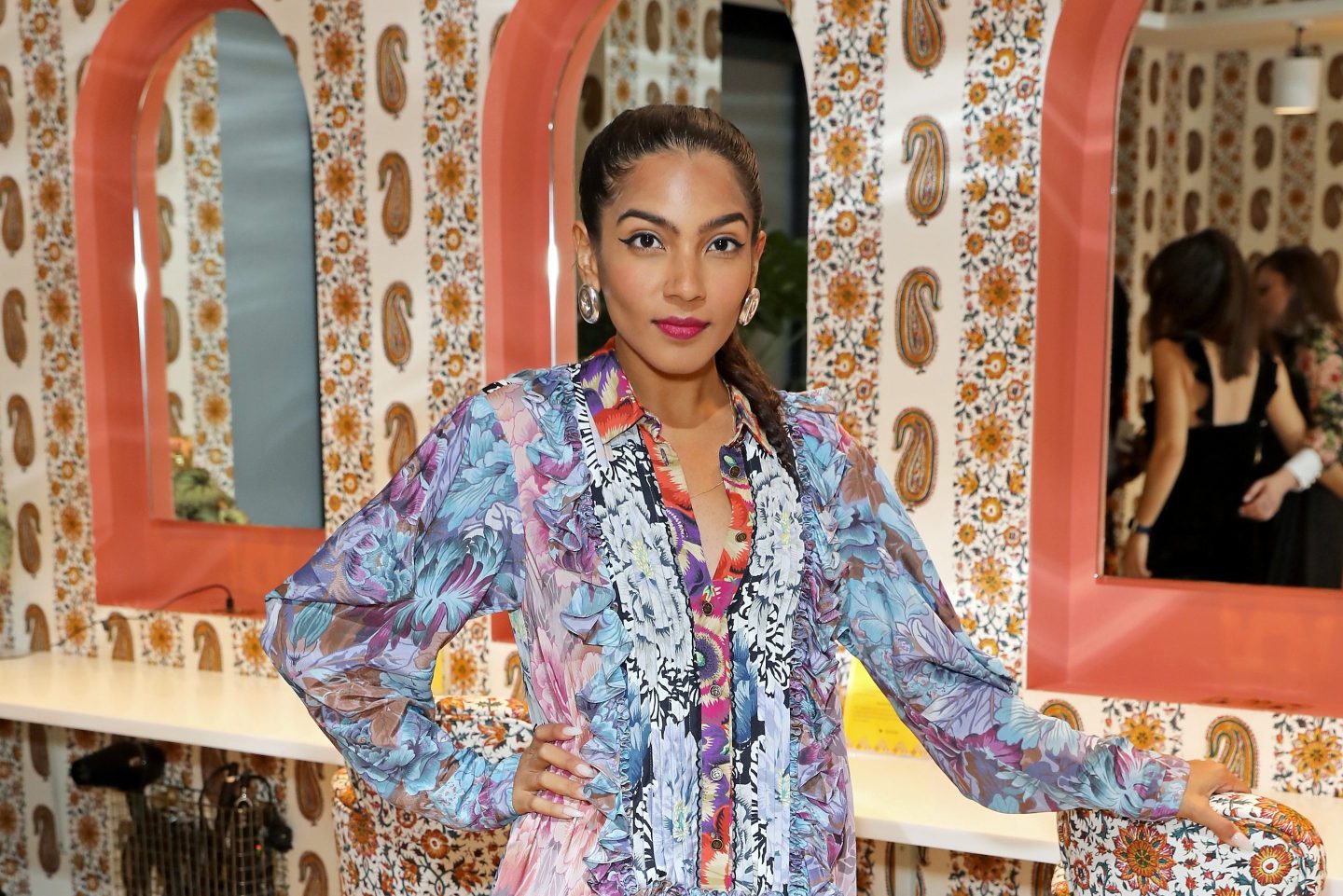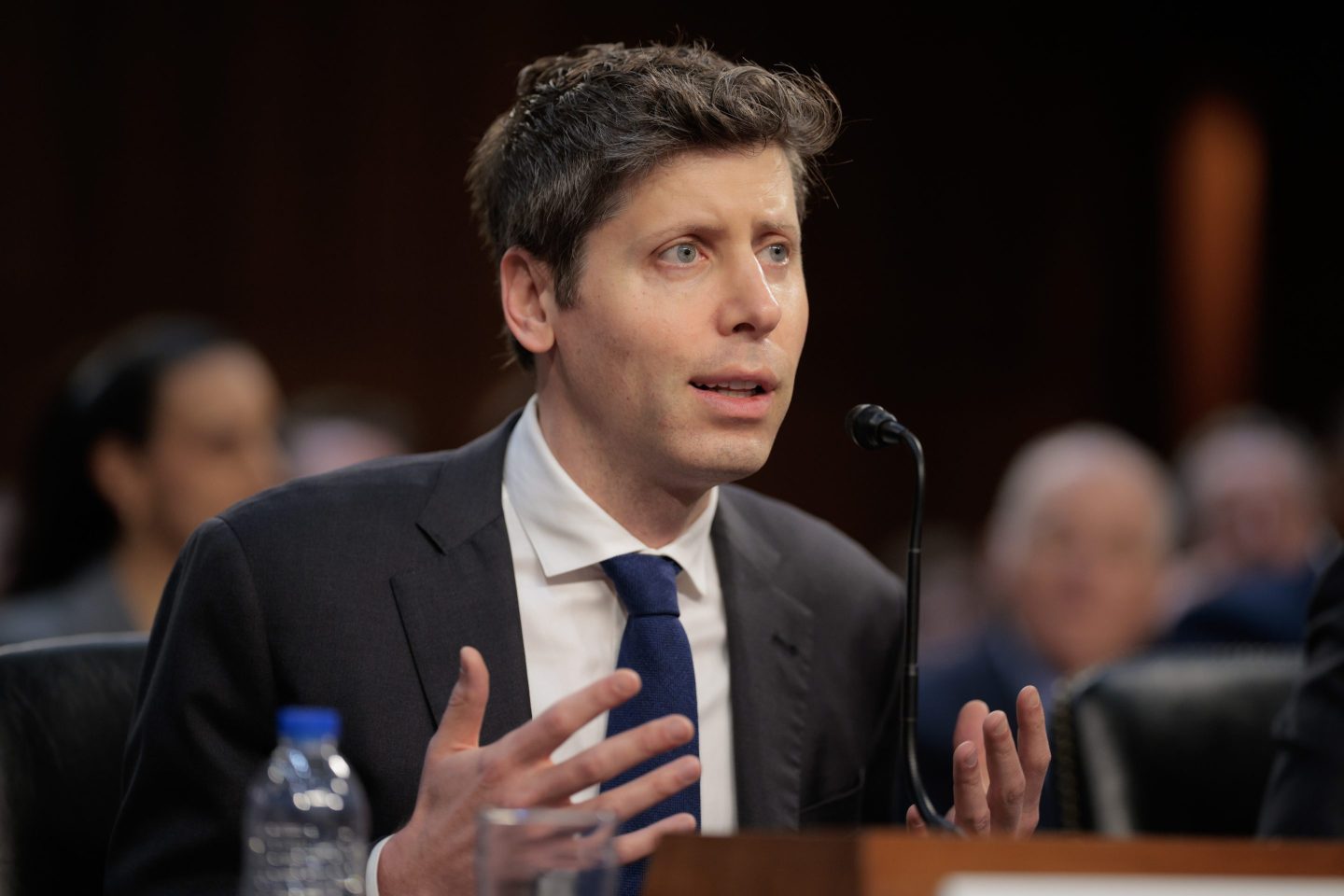When Zohran Mamdani stunned New York City’s political establishment by defeating former Governor Andrew Cuomo in the Democratic primary and winning the mayoral election last week, much of the attention focused on his viral social media presence and charismatic appeal to young voters. But behind the 34-year-old assemblyman’s historic victory was a strategic mind who helped reshape how the campaign connected with voters: Zara Rahim, a communications expert who has spent more than a decade at the intersection of politics, culture and digital strategy.
Rahim, who has served as a senior adviser to Mamdani since February, delivered a crucial piece of guidance that would define the campaign’s approach. As one adviser told the New York Times last summer, Rahim urged Mamdani to “forget the New York conjured by political strategists” and instead “make a campaign about the actual New York City.” That directive became the foundation for a grassroots operation that mobilized more than 90,000 volunteers and engaged voters who had long been overlooked by the city’s political elite.
A stacked résumé
The 35-year-old strategist brought an unusual pedigree to the mayoral race. A first-generation Bangladeshi American raised in South Florida, Rahim began her political career as an intern on Barack Obama’s 2012 reelection campaign, where she was promoted to Florida Digital Content Director. That role, which involved registering voters and educating them about key issues through digital platforms, taught her how to leverage social media for political organizing. She went on to work in the White House Office of Digital Strategy before joining Uber, where she helped craft legislation on ride-sharing.
After working on Hillary Clinton’s 2016 presidential campaign, Rahim shifted to the fashion world, serving as Communications Director at Vogue Magazine from 2017 to 2018. There, she worked alongside influential figures across fashion, art, politics, and entertainment, honing skills that would later prove valuable in shaping Mamdani’s public image. More recently, she has worked as an independent communications consultant for clients including A24, Mariah Carey, and Netflix.
Strategizing for Mamdani
Rahim’s strategy for Mamdani centered on authenticity and direct voter contact, particularly with communities that traditional campaigns often neglected. She understood that the campaign’s social media success needed to be backed by genuine engagement on the ground. As she told the New York Times, there was an “intensive schedule” in which TikTok and Instagram videos were shot between in-person events, during which the mayor-elect would speak in languages like Spanish and Hindi to address working-class folks. These were “Bangladeshi uncles and West African aunties who had never voted in a primary for a mayor,” according to Rahim. “They see somebody showing up at their mosques and treating their neighborhoods like they mattered.” New York City is home to approximately one million Muslim residents.
The strategy extended to how the campaign responded to attacks. When Cuomo made controversial comments that Mamdani’s supporters characterized as Islamophobic, Rahim was quick to condemn the former governor’s tactics. “He has only tried to court Muslim people by saying look at this bad Muslim—that is a desperate tactic from a man who has nothing to say to Muslim people,” she told CNN.
Rahim worked alongside other key campaign figures, including Maya Handa, Tascha Van Auken, and Faiza Ali, all of whom played crucial roles in the victory. Van Auken, the field director, oversaw the unprecedented volunteer operation that knocked on doors 1.6 million times during the primary alone and led to 247,000 conversations with voters. By the general election, the volunteer count had swelled to more than 90,000 people. The campaign combined old-fashioned organizing with the same digital virality that epitomized Obama’s early political career. Mamdani’s videos garnered tens of millions of views online. Still, the campaign maintained what organizers described as “a culture of connection” rather than the “culture of extraction” typical of Democratic get-out-the-vote efforts.
Following Mamdani’s victory on November 4, he announced an all-female transition team that included Rahim alongside former Federal Trade Commission chair Lina Khan, former Deputy Mayor Maria Torres-Springer, United Way President Grace Bonilla, and former Deputy Mayor Melanie Hartzog. The team will guide the administration as Mamdani prepares to take office on January 1, 2026, as the city’s first Muslim mayor, first South Asian mayor and youngest mayor in more than a century.
For this story, Fortune used generative AI to help with an initial draft. An editor verified the accuracy of the information before publishing.












